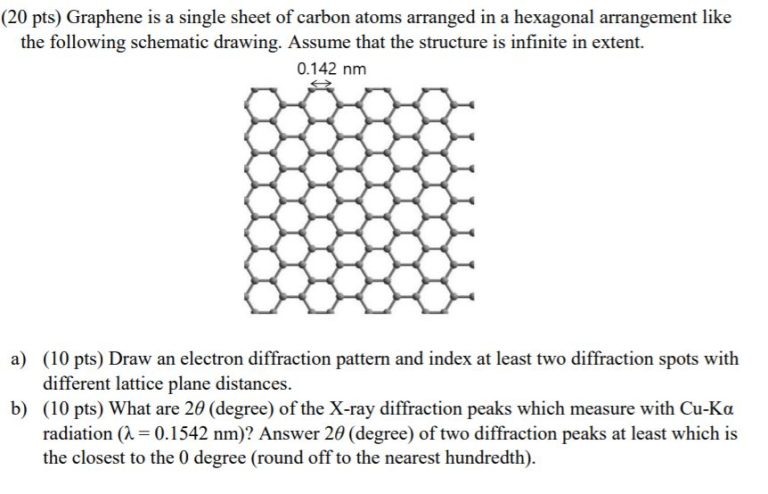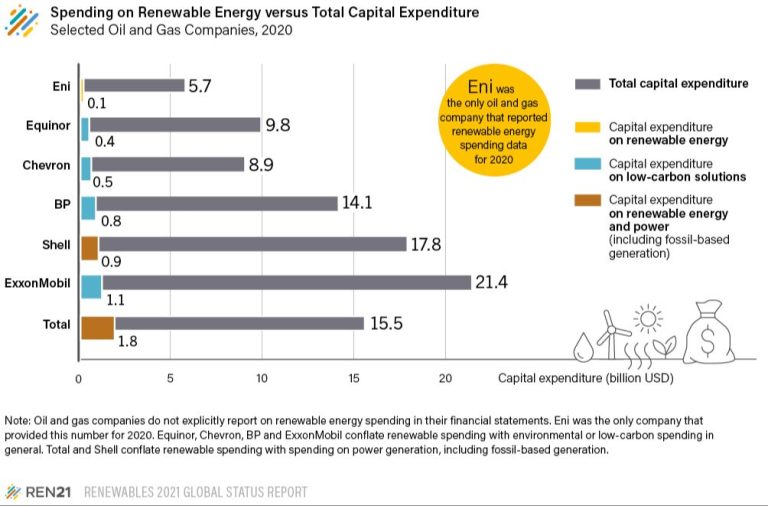What’S Kinetic Energy Meaning?
What is Kinetic Energy?
Kinetic energy is the energy of motion. Objects have kinetic energy if they are in motion. The kinetic energy of an object depends on its mass and velocity. An objects kinetic energy increases with velocity. For example, a car moving at 100 km/hr has much greater kinetic energy than one moving at 50 km/hr.
The official definition of kinetic energy is the work needed to accelerate a body of a given mass from rest to its current velocity. Having velocity means an object has kinetic energy, even if it is moving slowly. The faster an object moves, the more kinetic energy it possesses.
Kinetic Energy Formula
The formula for kinetic energy is:
Kinetic Energy = 1/2 x m x v2
Where:
- m is the mass of the object in kilograms (kg)
- v is the velocity of the object in meters per second (m/s)
This formula shows that the kinetic energy of an object depends on two variables – its mass and its velocity. The heavier the object and the faster it moves, the more kinetic energy it possesses. It’s important to note that velocity is squared in the formula, so kinetic energy increases exponentially with velocity.
Examples of Kinetic Energy
Kinetic energy is present in all objects that are in motion. Some everyday examples of kinetic energy include:
- A car driving down the road. The faster the car is moving, the more kinetic energy it has.
- A soccer ball being kicked. The kinetic energy of the ball increases as the player’s foot transfers energy to it.
- Planets orbiting the sun. Their orbital motion gives them tremendous amounts of kinetic energy.
- Electrons moving through a wire. The motion of charges creates an electric current.
- A rollercoaster zooming down a hill. The kinetic energy builds up as it descends and converts to potential energy as it climbs again.
In all these examples, the object’s kinetic energy increases as its speed increases. The kinetic energy depends directly on the object’s mass and velocity.
Units of Kinetic Energy
Kinetic energy is measured in joules (J). A joule is a unit of energy defined as the work done by a force of one newton acting over a distance of one meter. In simpler terms, a joule represents the amount of energy exerted when an object is moved over a distance of one meter against a force of one newton.
Some other common units used to measure kinetic energy include:
- kg m2/s2 – kilograms multiplied by meters squared per second squared
- N m – Newton meters
- erg – a small unit of energy equal to 10^-7 joules
Using the proper units allows us to quantify and compare the kinetic energy of different objects in motion in a standardized way.
Kinetic Energy vs Potential Energy
Kinetic energy and potential energy are the two main forms of mechanical energy. Kinetic energy is the energy an object possesses due to its motion. Potential energy is the stored energy an object has due to its position or chemical configuration.
Objects at rest have potential energy, while moving objects have kinetic energy. For example, a ball at the top of a ramp has potential energy due to gravity. When released, the ball rolls down the ramp, gaining kinetic energy as it accelerates. The potential energy is converted into kinetic energy.
The interplay between potential and kinetic energy is an important concept in physics. Energy can transfer back and forth between potential and kinetic. For example, as the ball rolls up another ramp, it slows down, transferring kinetic energy back into potential energy. This back and forth transfer allows the total mechanical energy to remain constant.
Understanding the relationship between potential and kinetic energy helps explain phenomena like oscillation, waving, and conservation of energy in closed systems. It is a fundamental principle governing mechanics and dynamics.
Factors Affecting Kinetic Energy
There are two main factors that affect an object’s kinetic energy: mass and velocity. The more massive an object is and the faster it is moving, the more kinetic energy it will have.
For example, imagine kicking a soccer ball versus kicking a bowling ball. If you kick each ball with the same force, the bowling ball will move slower than the soccer ball. This is because the bowling ball has more mass than the soccer ball. However, the bowling ball will have more kinetic energy due to its greater mass.
Or imagine two cars moving at different speeds. If Car A is moving twice as fast as Car B, then Car A has twice the kinetic energy, assuming they have equal mass. This shows how velocity is directly proportional to kinetic energy – double the speed means double the kinetic energy.
To summarize, a more massive object that is moving rapidly will have a higher kinetic energy than a less massive object moving slowly. When designing moving objects, engineers must consider both mass and intended velocity to determine the kinetic energy.
Applications of Kinetic Energy
Kinetic energy has many practical applications in everyday life and across various fields of science and engineering.
Some key examples where kinetic energy plays an important role include:
-
Sports – The power of a tennis serve or golf swing comes from converting muscle energy into kinetic energy. Athletes utilize kinetic energy to throw balls fast or jump high.
-
Vehicles – Cars, planes, and rockets need kinetic energy to accelerate and overcome friction and air resistance. Their engines and motors produce kinetic energy from the combustion of fuel or generated electricity.
-
Power generation – Turbines in hydroelectric dams and wind farms harness the kinetic energy of flowing water or blowing wind to generate electricity.
-
Amusement park rides – Rollercoasters utilize gravitational potential energy which gets converted into kinetic energy as the cars race downhill and around loops.
-
Physics experiments – Colliding objects like pendulums or trolleys are used to demonstrate kinetic energy transfer and conservation principles.
-
Industrial machinery – Rotating engines and motors power saws, lathes, drills and factory equipment by generating useful kinetic energy.

In all these examples, kinetic energy enables motion, work, and the overcoming of inertia. Understanding how to utilize kinetic energy has helped drive technology and engineering innovations that shape our modern world.
Conservation of Energy
Kinetic energy is subject to the principle of conservation of energy. This fundamental law of physics states that the total energy in an isolated system remains constant. Energy can be transferred between objects, or transformed from one form into another, but it cannot be created or destroyed.
This means that the total energy before and after any interactions or transformations must remain the same. When an object gains kinetic energy, it has taken that energy from another object or another form of energy in the system. For example, as a ball falls, it gains kinetic energy that is converted from its potential energy. The total energy of the ball and Earth system remains constant.
Understanding conservation of energy helps explain how kinetic energy flows between objects and changes form. It is an essential concept for analyzing mechanical systems and processes that involve motion. Since kinetic energy can be readily converted to and from other forms, it is useful to consider it as part of the overall energy budget rather than an isolated quantity.
Interesting Facts about Kinetic Energy
Kinetic energy leads to some fascinating real-world examples and fun physics facts:
-
Rollercoasters use the build up and release of gravitational potential energy for their hills and kinetic energy for the thrilling speeds of their rides.
-
Olympic sprinters can reach speeds over 20 mph and have incredible kinetic energy from their motion.
-
During takeoff, an airplane uses kinetic energy from its engines and airflow to launch into flight against gravity.
-
The energy in motion of atoms and molecules makes up the thermal kinetic energy we sense as heat.
-
Explosions release vast amounts of kinetic energy all at once from the very fast moving particles in the blast.
-
Kinetic energy allows gyroscopes to keep spinning and maintain their orientation even on board space stations in zero gravity.
-
Blowing on hot food or coffee takes advantage of kinetic energy transfer through collisions with the air particles to help cool the food down.
-
Kinetic and potential energy conversions drive many toys, from bouncing balls to yo-yos and tops.
Kinetic energy provides the motion and excitement we observe every day, from spinning fidget spinners to theme park rides. Paying attention to kinetic energy at work helps illuminate the physics all around us.
Summary
In summary, kinetic energy is the energy an object possesses due to its motion. It depends on the object’s mass and velocity, and is calculated using the formula KE = 1/2 mv^2. Kinetic energy is an important concept in physics and engineering, as it allows us to quantify and analyze the energy of moving objects.
Some key points about kinetic energy covered in this article:
- Kinetic energy increases exponentially with velocity, so faster moving objects have much higher kinetic energy.
- The kinetic energy of an object depends only on its mass and velocity, not other factors like temperature or composition.
- Kinetic energy is converted to other forms like potential energy in pendulums, thermal energy in brakes, and electric energy in turbines.
- Kinetic energy is transferred between objects during collisions, following the law of conservation of energy.
- Kinetic energy has many practical applications, from analyzing vehicle crashes to designing roller coasters.
Understanding kinetic energy allows us to better describe the physical world around us. It is a fundamental concept in physics that underlies phenomena from chemical reactions to electromagnetic waves. Appreciating the kinetics of objects helps engineers create safer, more efficient designs. In summary, kinetic energy is a critical factor governing motion and energy transfers in our universe.



